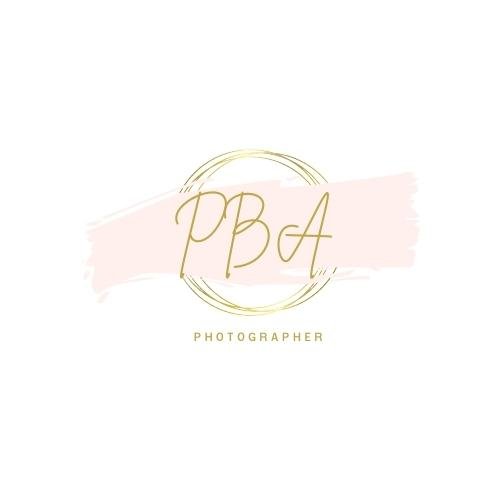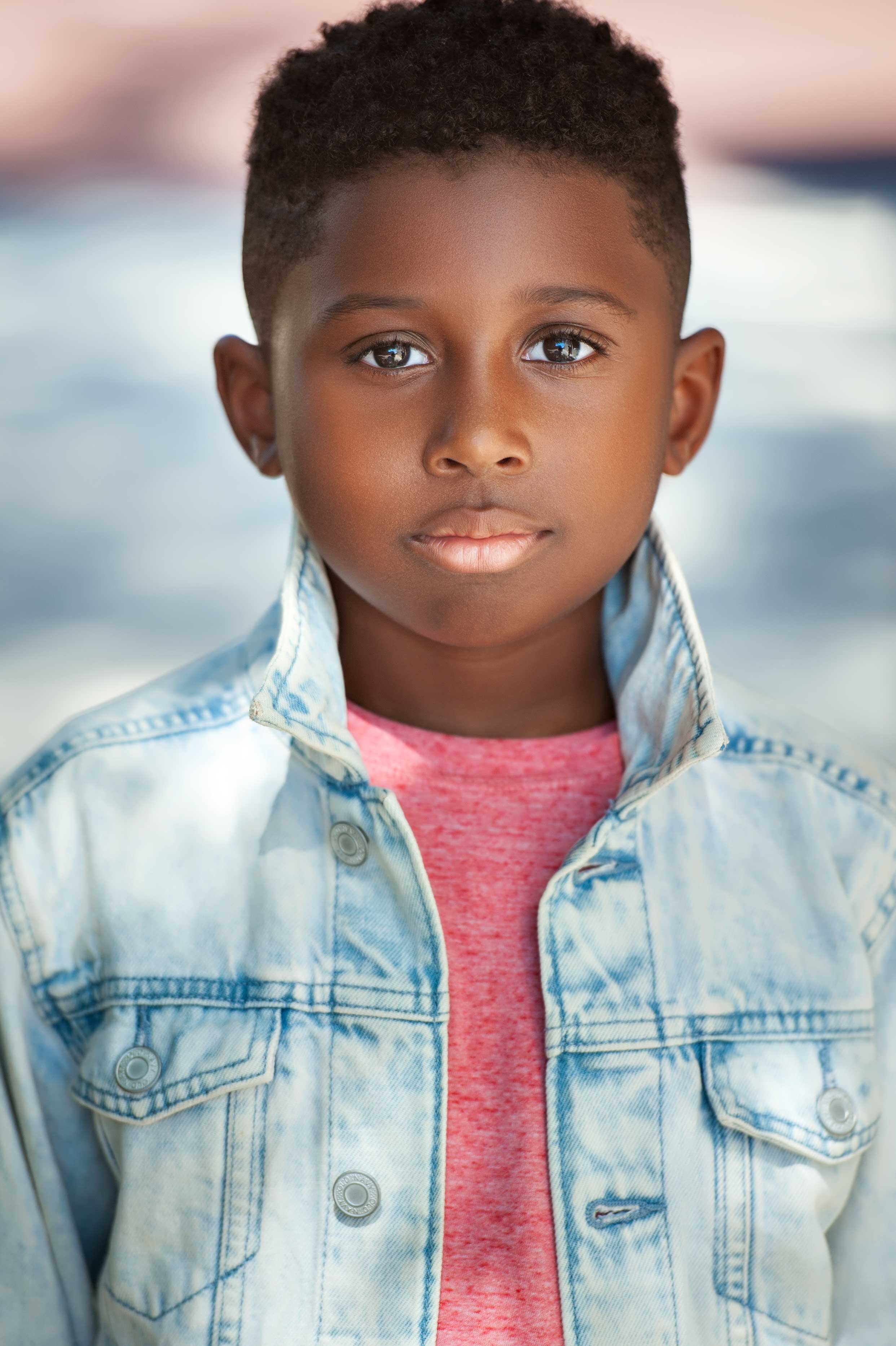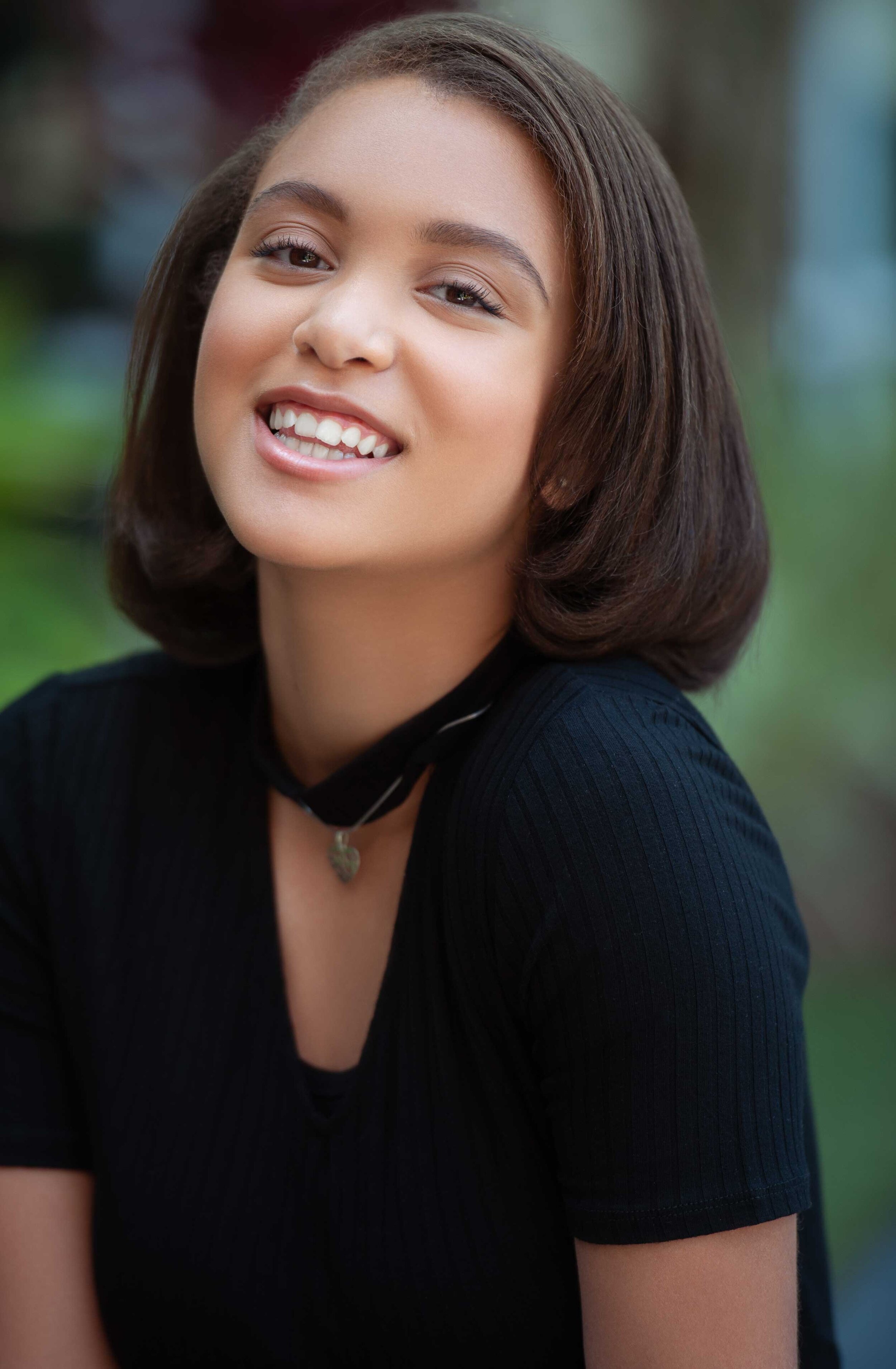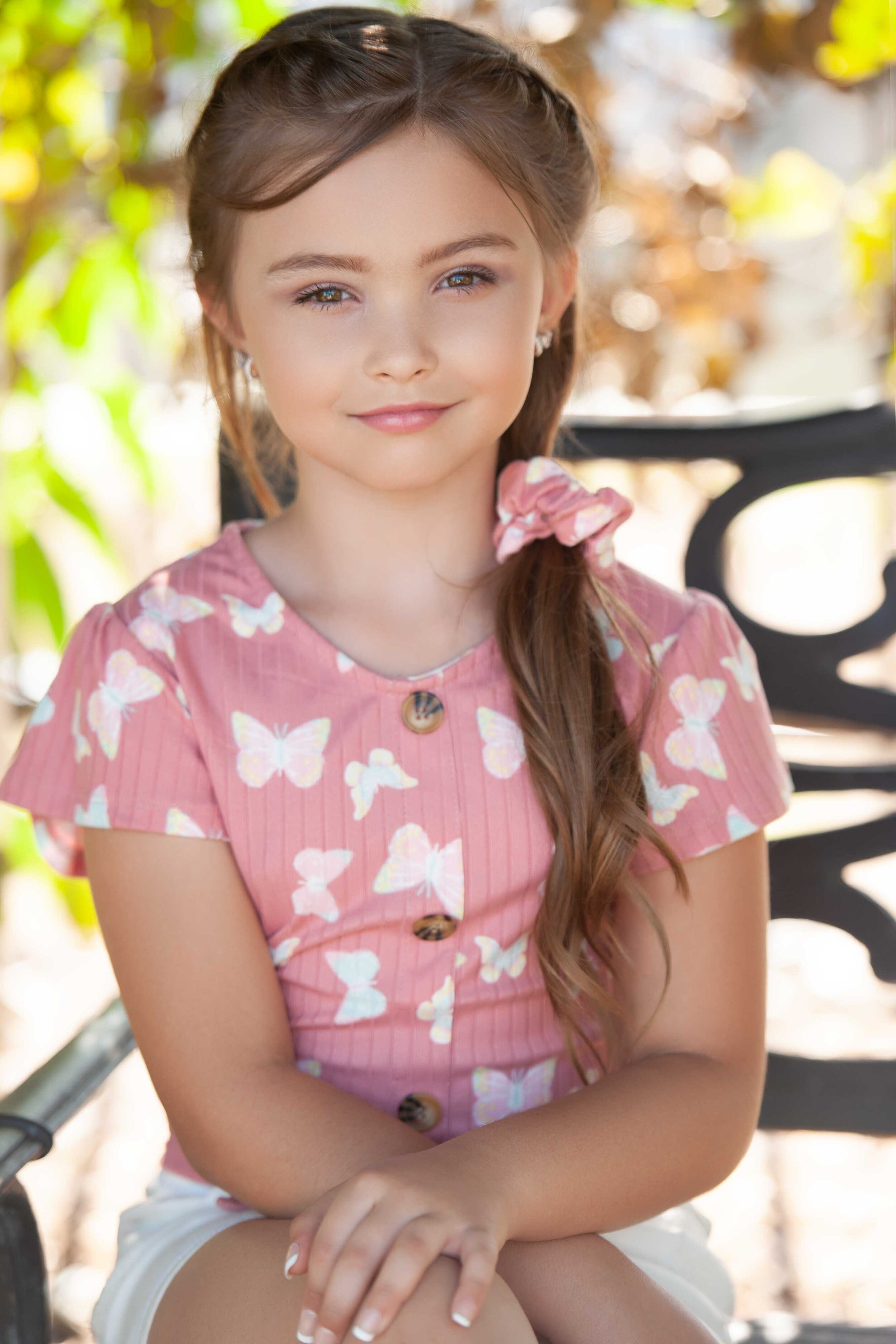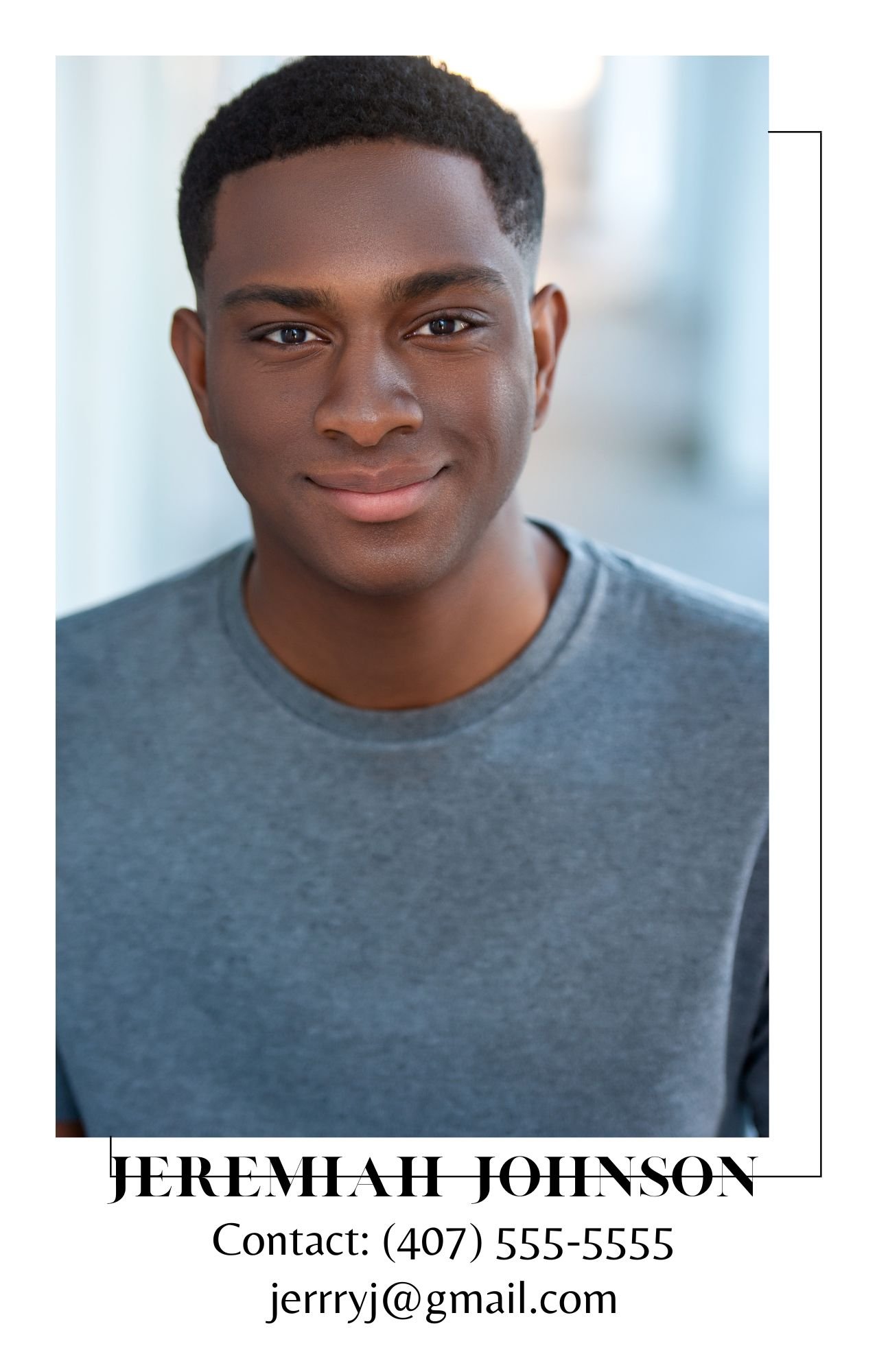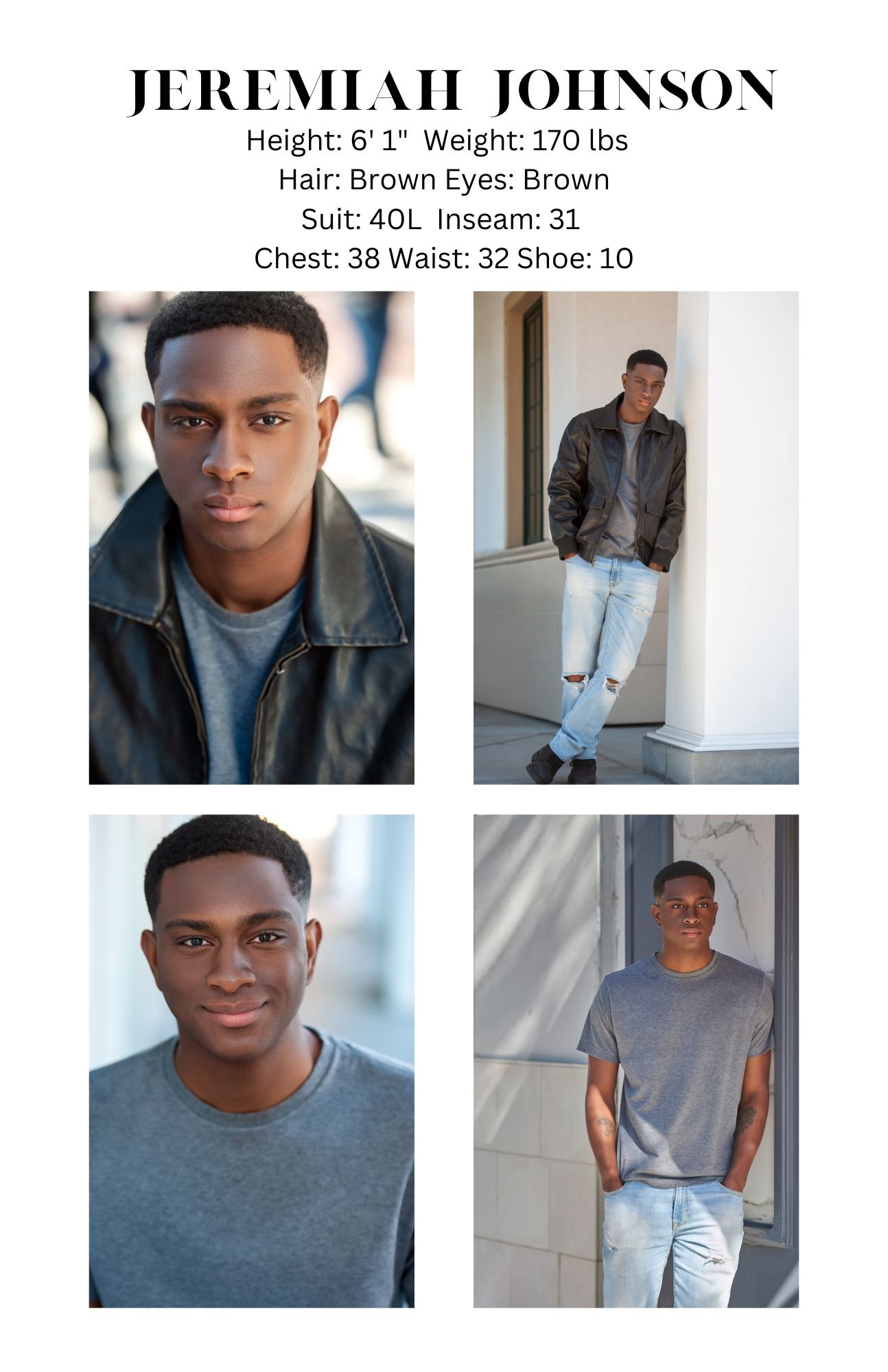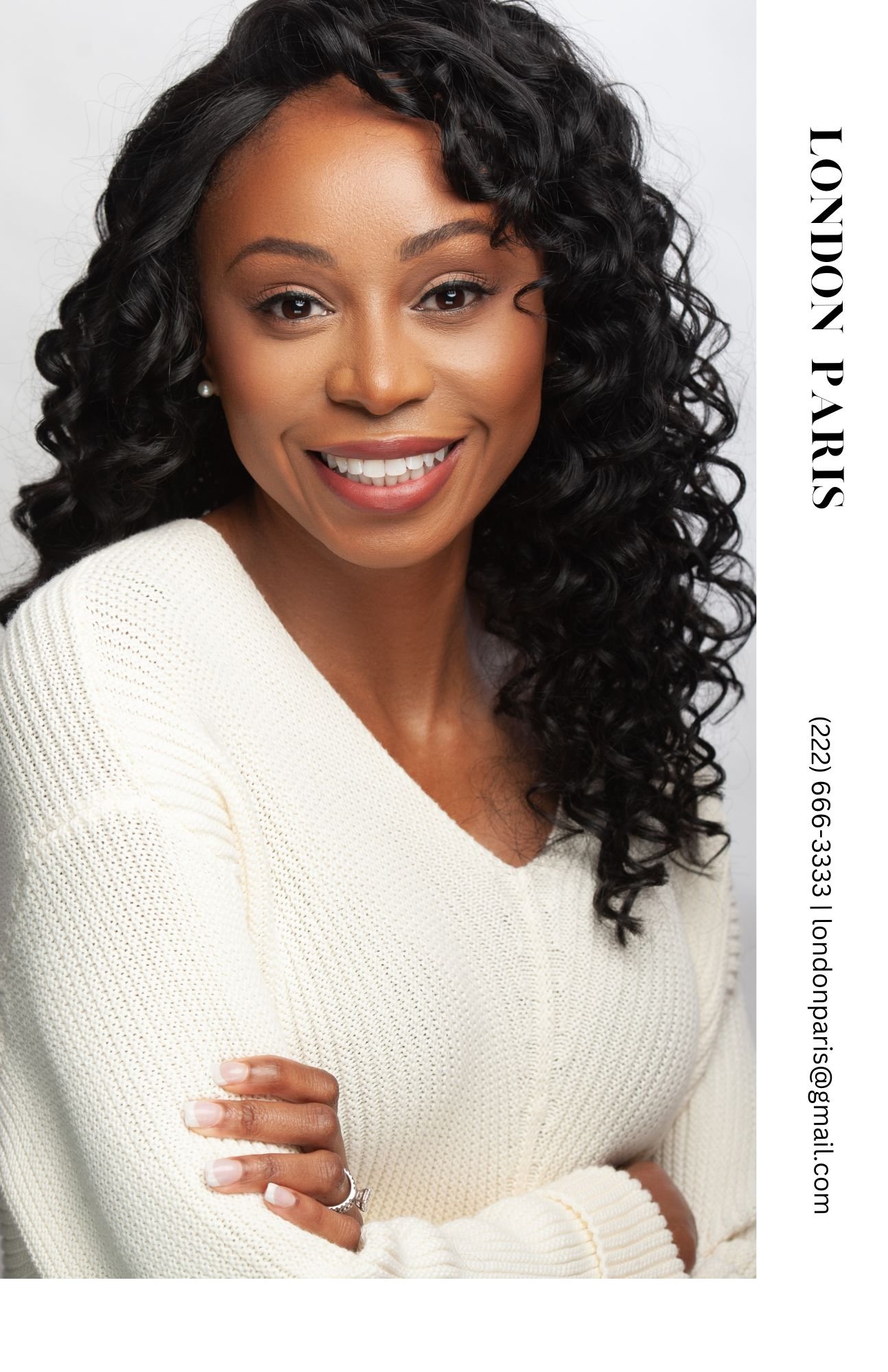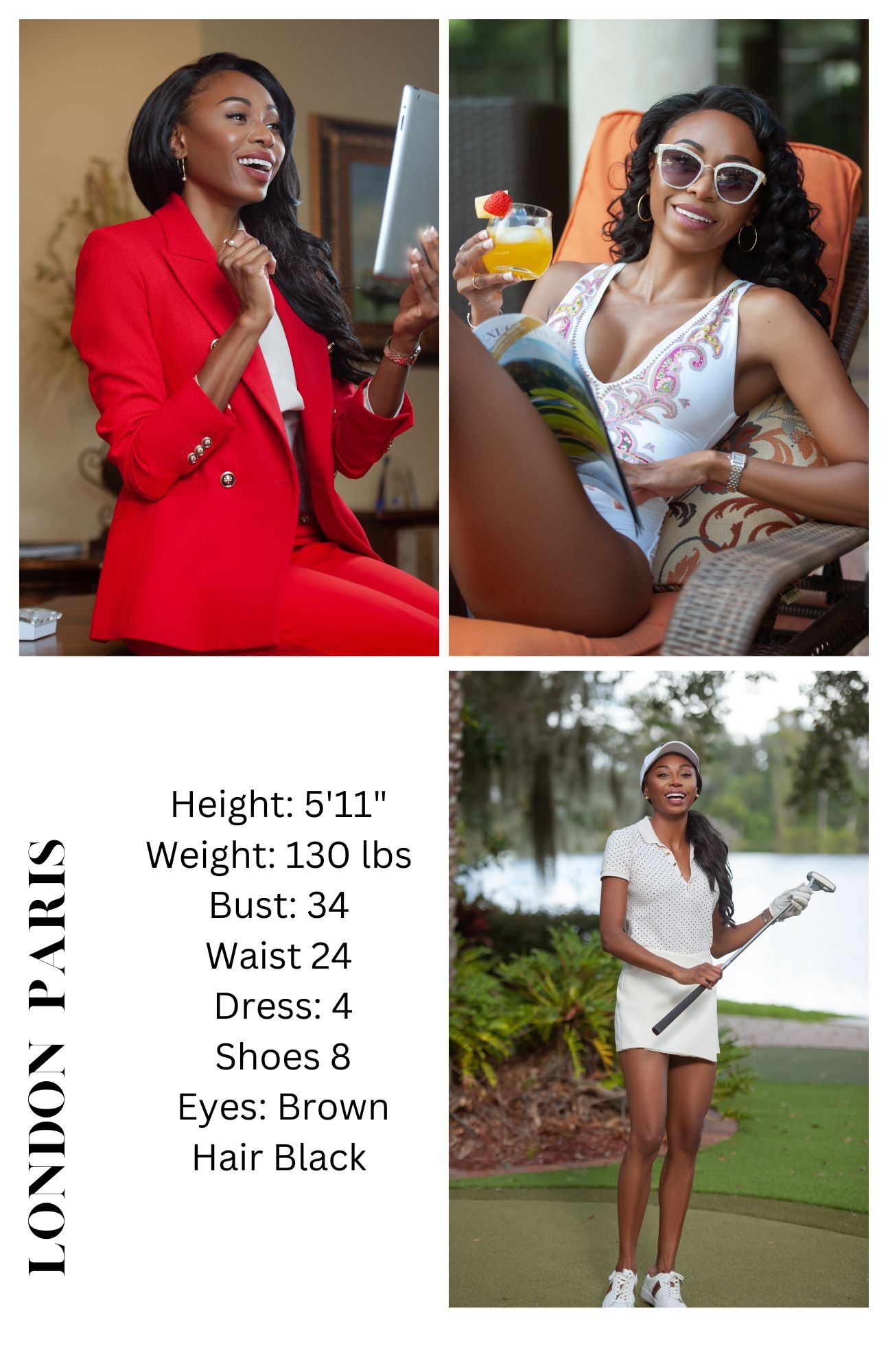Booking a Model
Everything you need to know about booking a model - hiring a model for a photo shoot, getting hired as a model, getting your model book together, and how to sign up to be a model. For a comprehensive guide where no secret goes unveiled, check out my ebook, The Ultimate Guide to Modeling and Acting.
Model Book
Your model book, also known as your modeling portfolio is the key to opening doors. Your model book which is your business book, is first seen before seeing you, the model.
The collection of images in your modeling portfolio should be varied and of the absolute best images of your ability and not of how beautiful you look. The keyword here is, ability! Refer to my blog on getting your model book together.
Hire a Model for Photoshoot
The model is hired by the client through a modeling agency or for a freelance model job. The model represents the client therefore, the model shows his/her ability through acting, to portray what is required by the client for their shoot project.
Your ability to play different ages hence the reason in acting, you are asked for an age range and this means realistically the youngest age and the oldest age range that you could pass off as in a role. The client will need to see images of you for the age that they require for their project. Keep in mind also, the type of roles that suit the age.
Booked Talent
When a client books a talent, they expect you to be able to feel and act like a million dollars no matter what role you are asked to play or what garment that you are asked to wear. It is not about you but about what it is you are advertising for the client – your ability to be able to sell the client’s service or product will make you very successful!
Booking a Model Process
The client books a model through an agency with specific requirements in order to find the right model that best fits the job. A model that fits clothing size, who can follow directions and has a great personality to market their product. There are a number of ways of booking a model - through an audition - typically for film/TV/commercials, through an open call casting, a request casting or through a direct booking.
Open Call
An open call casting means that all models on the agency’s rooster that fit the requirements are invited to attend the casting. Open call castings also known as a cattle call by parents, typically have hundreds of models from various agencies showing up at the casting and there is a very long waiting time to be seen.
Request Casting
A request casting is very quick with a small group of models requested to be seen. The client has prescreened the models from their comp cards, images or agency’s website and have asked to see specific models at the casting.
Direct Booking
A direct booking is where the model is booked directly from their comp card or images. Direct bookings are the best and this is why you want to have great images. Booking a model through direct booking saves both the client and the model time and traveling costs. It is very unprofessional for the model to show up or crash a casting that the model has not been invited to by the agency or client.
Audition
An audition is used for the film/tv/commercial industry where the talent is interviewed for a particular role and is asked to demonstrate their skill for that particular role. Booking a model through an audition would be for commercials - commercial models. The client would book an actor for film and TV.
Call Back
A callback is more usual for TV/film/commercials. When the talent is asked to come back to the audition, but this time the client will be at the audition. Call backs happen because everyone in the production team was not able to make it to the initial audition, they want to see certain models again to make sure they are hiring the right model or whether the child fits the clothing.
Castings are important so make sure that your child is well rested, fed and dressed appropriately for the casting. It is best not to overly dress the child. The child should be comfortably dressed and be themselves.
The client more or less knows the types of models that they have in mind and when it is all said and done, the client has the final say as to who gets booked. Keeping track of how long one model sees the client over another or whether one model got to try on a sample clothing and another did not is irrelevant. Parents, make it fun for the child and enjoy the company of other parents rather than competing against each other! Relax and enjoy the experience!
At auditions and castings, the talent will be asked to sign in, produce a headshot or comp card, be measured or fill in a size chart and wait until they are called in to be seen. If the child’s height is being measured, be prepared to take off their shoes. If the talent is signed with more than one agency, you must remember which agency sent you and sign under that agency. Pay particular attention to call back and shoot dates.
Booking a Model after being seen
After a model has been seen at an audition or casting, the client will contact the agency with their selection of models. It is advisable not to bother your agency about whether they have heard back from the client. The agency will advise all models that booked the job. If you do not receive such notification by the shoot date, then it is obvious that your child did not book the job!
On Hold
Clients may decide to put a few models on-hold before booking a model because they are unable to make a decision. It is not a confirmed booking. Once the client has made a decision, the bookings and the releases will go out to the agencies. Those that are not booked will be released. It is very important if the model is asked to put on-hold that you keep that date completely free until further notice. There are consequences if you do not keep the hold date completely free.
Call Time
Agencies cannot predict when a model will be booking a job. When a model books a job, the agency will contact you directly either via email, text or a phone call with a call-time. A call-time contains information about the shoot, location and directions, arrival time, rate information, wardrobe and point of contact. Typically, the client will request a wardrobe fitting prior to the shoot to make sure that the clothing fits properly.
Booking a model means the model books a job. Never do a no show! And do not bring the whole family and friends along! Like with any job, do not arrive late! Arrive at least 15 minutes early and at the very latest, on time. If for any reason you are running late, call the point of contact person listed on the call-time sheet or in your email. If there is no point of contact, call your agency and the agency will get in touch with the client. Upon arrival, you will be greeted by the wardrobe stylist or studio manager who will provide you with further instructions. There will be a production team working together - studio manager, wardrobe stylist, make-up artist, hair stylist, photographer, technicians, wrangler - to make kids smile, laugh or focus on the camera and a creative team, etc.
An on-location shoot requires driving or even flying to another city or country. If the model has to stay overnight for the shoot, the client will cover the travel expenses, including accommodation which usually includes one parent to travel with the child. Some production teams work out of an RV and others out of a studio.
Always be professional when on-set and ensure that the child is well-behaved. Keep an eye on the child at all times, making sure that the child isn’t running around and making noise. If you allow the child to misbehave rest assured the child will not be booked again and in some cases, the client may ask you and the child to leave the set. Parents - stay out the way when the child is on-set shooting. There is only one director! If the client or photographer needs your help, they will ask for your help. Some production teams do not like parents taking behind the scene photos or videos - always ask. As a general rule, do not share any of the photos or videos that you take on social media without first clearing it with someone in production. The client may not want their new collection being publicly shown before their release date.
Typically with babies and toddlers, the client may book a back-up model in case the main model isn’t cooperating and the main model may be released. Kids have their off days and moments. However, the client needs to move forward and complete the project. Be sensitive to your child’s emotions and if you notice that your child is crying often and acting up at castings and on-set, it is time to give your child a break from the industry. This also applies to children who are bookers - meaning that they almost always book every job. Children who are bookers do get burned out - over worked. Burned out children should take a break from the industry - refer to Part 1.
After a booking, the model hands over to the studio manger an agency voucher, basically a time sheet that records information about booking a model, i.e., the model, the client, type of job, start and end time and rate of pay. The studio manager signs off on the voucher and leaves the model with a copy along with a copy for the model agency. It is the responsibility of the model to turn in the signed voucher to the agency. Nowadays, agencies accept a photo of the voucher via an email or text. Some agencies still require the voucher to be sent in the mail. The client pays the agency directly. The agency deducts a commission from the model’s rate before issuing the model with a check. Refer to Part 2 on agency commission. The time-frame in which a model gets paid depends on the agency agreement with the model. It ranges from a matter of weeks to 90 days.
All model jobs have a minimum of one (1) hour, but some agencies negotiate a minimum of two (2) hours for the model. Some jobs have a half day rate or full day rate. A full day rate allows for an hour lunch break. Almost always a client will provide refreshments and most certainly for a full day booking, the client provides lunch and refreshments throughout the day. Models are always paid for the minimum number of hours worked regardless of the actual time the model worked e.g., if the model only worked an hour but has a minimum of two hour rate of pay, the model will be paid for two hours instead of an hour.
Modeling - The Job
Modeling may come naturally for some models and for others, they need guidance when on set. To be a successful model, the model must have the ability to move naturally and most importantly, be comfortable in front of the camera with little to no guidance. Photographers love working with models that do not need to be guided because they are able to capture the shot quickly making the shoot run smoother. Each photographer will have a certain style of shooting and style of working with a model. Not all photographers are great with kids or will direct the model. If the model relies on continuous direction and doesn’t flow naturally, the model will be intimidated by such photographers.
There are different types of modeling. In commercial print modeling, clothing is not being sold, but rather a product or a service such as for a hospital or for a school. In editorial print modeling, clothing is being sold for a fashion magazine. Other forms of print modeling are catalog, billboard, poster, packaging, internet, newspaper ads and flyers. A print advertising campaign includes all of the above forms of print modeling. The advertising may be regional, national or international. A runway model works with a fashion designer at a fashion show. The model walks down the runway modeling the clothing in front of an audience of potential buyers. Models are also used in non-speaking roles for commercials.
Acting
Speaking roles are considered acting. Models usually cross over into acting for speaking roles in commercials, film, and TV. Acting is a different part of the industry. Refer to my blog on How to Get into Acting. It is very competitive and training is a must to compete with other actors for lead roles. A headshot of the actor is used to submit for acting roles. Having a great headshot will get you seen by the casting director. It is your foot through the door.
Modeling Season
There are four seasons to modeling. Seasonal advertising starts in advance, for example, spring and summer jobs are shot in the winter months and fall and winter jobs are shot in the summer. Yes, models do wear winter clothing in the middle of summer and summer clothing in the middle of winter or having to be in a pool or on the beach in the winter! The busiest times of the year are between May through September and in Florida, it is between October and April with the summer months being slow with jobs such as back-to-school and holiday campaigns filtering through. Summer time is really the time to have your child enjoy their summer break after a hard years’ work between school, other activities and modeling. It is also the time to update their headshot, comp cards and seek representation with an agency. Some parents go out of state with their kids to model in major markets like New York and LA where the summer months are the busiest times of the year. These kids are called, Summer Kids.
Summer kids
Summer kids are represented by agencies in major markets such as New York for a minimum of one month in the summer. From experience, you do need a minimum of a month, preferably two months. You have to factor in the submission, booking, and shooting time process which can sometimes be a three-week process. It is best to advise the agency in advance of your arrival date so that the agency can start the submission process before your arrival. Likewise, advise the agency of your departure date so the agency can allow for their cut-off submission time frame. Summer kids are responsible for their travel and accommodation expenses to that particular state and city. There is no guarantee that your child will book a job during your stay. Treat it as an experience and as a vacation. I would advise during the slow periods to make the most of your time sightseeing and doing fun things with your child. All too often parents fret over the fact that their child has not attended any go-sees, castings, or booked a single job. The experience then becomes stressful and not enjoyable for the child. Go with an open mind!
Role of the Parent
Essentially, the parent manages the child. It is the parent’s role to liaise with the agency, keep the schedule, and be the chauffeur, shopper, mentor, and administrator - which is a job in itself, in addition to making sure homework, school work, and work permits are up-to-date. Parents have a responsibility for their children’s well-being, making sure that they are well-fed, rested, safe and happy. You do not want to be an overbearing and pushy parent - refer to Part 1 below.
Comp Card Sample - model comp card template Canva
The model takes along a comp card to hand in when signing in for an audition, request casting, or open call.
Stay tuned for Part 5!
Read Part 3 - Getting Your Modeling Portfolio together
